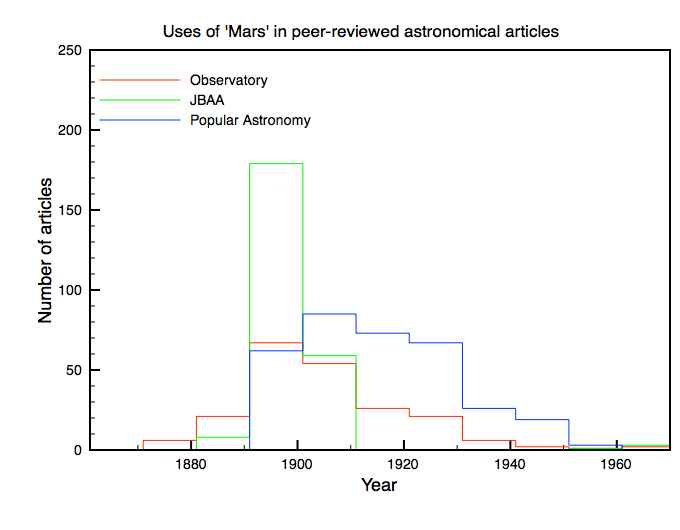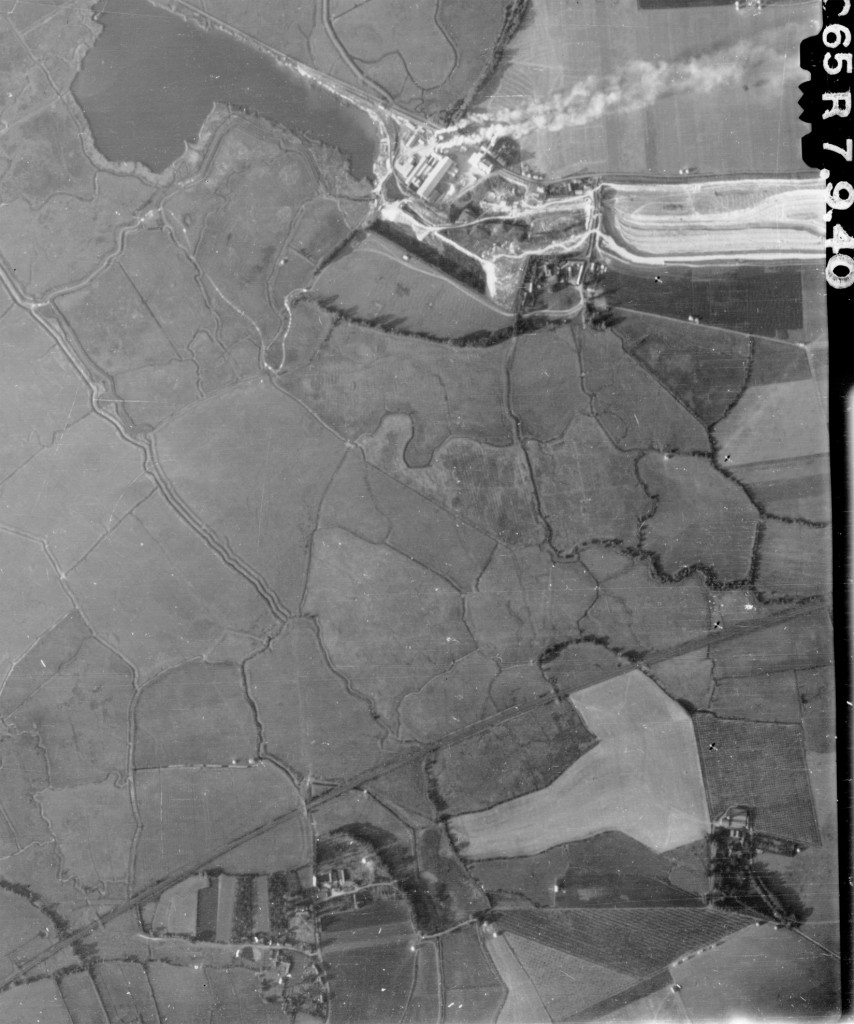Border patrol — I
[Cross-posted at Society for Military History Blog.] I recently came across what appear to be two bad books from what are two good publishers. There’s nothing particularly unusual about that — these things happen, a lot of books get published on military history and they can’t all be good. But it turns out that the […]






